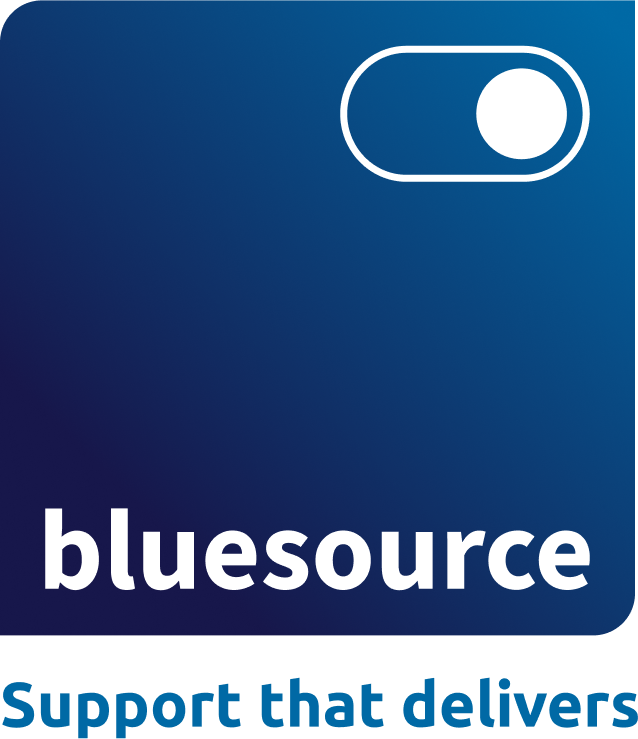How to increase teamwork productivity
Looking for ways to increase teamwork productivity and efficiency? Read on.
Microsoft Teams helps overcome many of the challenges associated with modern workplace practices by delivering an intelligent workplace, and a place to create and make decisions as a team.
It does this by bringing everything together in a shared workspace where team members can collaborate, meet, share multimedia files, host web conferences and work with business apps. It means communication with anyone inside or outside of your organisation has never been easier.
Bridging the gap between other Microsoft Apps, Teams harnesses the power of Word, Excel, Powerpoint, OneNote, SharePoint and Power BI to make co-authoring and sharing files seamless through one central platform which can be completely tailored to the way that you work to increase your productivity.
There are a myriad of different productivity boosting tools in the marketplace, but Microsoft Teams stands head and shoulders above the rest, and is fast becoming the preferred tool for many businesses and organisations. It’s seamless integration with Office 365 and other Microsoft programmes, as well as third party apps and services, makes it the preferred tool for enhancing productivity.
Ways in which teamwork and productivity is enhanced by Microsoft Teams
Instant Messaging
The instant messaging and chat function is one of the main features of Teams, with the conversation interface being designed to allow users to seamlessly interact on a 1-2-1 basis or as a team. Users can tag each other, schedule ad-hoc meetings, share links with ease and give immediate feedback on files and documents. All conversations are saved and stored – even if a user appears offline they can still see their past chat history. Research by Microsoft has shown that organisations that have their teams communicate via a specific chat platform instead of email or phone helps to keep them focused and have tasked-based conversations that are clearly differentiated from external communications.
Invite External Collaborators
For organisations that may need to bring in third parties or contractors to work on specific projects or parts of their business, Teams has a guest access function which fulfils this need effortlessly. Third party access can be given to specific areas of Microsoft Teams, meaning that they can only see the areas that they are invited to and nothing else. This is a very attractive offering for business leaders as it puts them in full control of who sees what within Microsoft Teams from outside the organisation. With everything in one central place, a lot of time can be saved, as documents don’t have to be sent via email for review, with changes and feedback getting lost in long email chains.
Integration of Apps and Tools
Tool configuration comes as standard in Teams, and tabs can be set up and managed by team members to provide quick links to relevant documents and information that is accessed daily. Options within tabs is growing, for example users can reference wiki sites, connect to Power BI workspaces and link to SharePoint sites with ease. Integration with third party tools is made easy via many available extensions and other key applications including Skype for Business, Word and Outlook also integrates seamlessly into Teams.
Channels and Chat Threads
One hugely beneficial productivity enhancement is the ability to have multiple chat threads for each area of a complex project. These separate channels can be customised for aspects of a project, thus keeping all communications and progress in one place that is easily accessed by everyone involved. Conversation logs can be grouped, files shared, and tabs bookmarked that are relevant. Clutter is reduced and communications are streamlined, meaning projects become more efficient overall.
While Microsoft Teams has some great benefits and significantly increases teamwork productivity through technology for business leaders, it does have some challenges when it comes to data protection and governance. To find out more and to learn how to protect and govern your data whilst using teamworking technology with Microsoft Teams, watch our webinar recording now.
